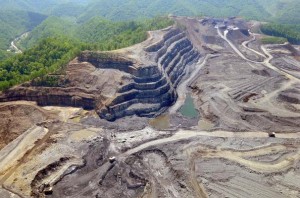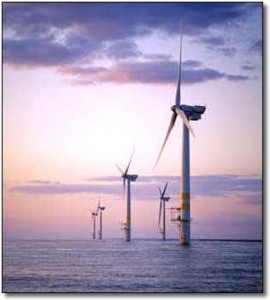

![]() Tweet After Chernobyl, Hans Bethe, pictured at left, said “the Chernobyl disaster tells us about the deficiencies of the Soviet political and administrative system rather than about problems with nuclear power” (PBS). Dr. Bethe is right. Managing nuclear power and our energy infrastructure is not limited to physics and engineering. It also involves economics, human ecology, national security and systems dynamics. It is logical to conclude that because the Chernobyl disaster was a hydrogen explosion in a badly designed nuclear power plant brought about by Soviet style mis-management, nuclear technology can be implemented safely. However, the data from Three Mile Island and Fukushima suggest that nuclear power, when implemented safely, is too expensive to compete with alternatives (hence the industry needs loan guarantees here in the USA). We need to think about energy in the context of Systems Dynamics, as discussed in “Thinking in Systems,” by Dr. Donella Meadows, also pictured at left, of MIT, Dartmouth, and the Sustainability Institute.
Tweet After Chernobyl, Hans Bethe, pictured at left, said “the Chernobyl disaster tells us about the deficiencies of the Soviet political and administrative system rather than about problems with nuclear power” (PBS). Dr. Bethe is right. Managing nuclear power and our energy infrastructure is not limited to physics and engineering. It also involves economics, human ecology, national security and systems dynamics. It is logical to conclude that because the Chernobyl disaster was a hydrogen explosion in a badly designed nuclear power plant brought about by Soviet style mis-management, nuclear technology can be implemented safely. However, the data from Three Mile Island and Fukushima suggest that nuclear power, when implemented safely, is too expensive to compete with alternatives (hence the industry needs loan guarantees here in the USA). We need to think about energy in the context of Systems Dynamics, as discussed in “Thinking in Systems,” by Dr. Donella Meadows, also pictured at left, of MIT, Dartmouth, and the Sustainability Institute.
Similar arguments have been advanced after Fukushima. “As long as we don’t build them near earthquake faults, especially earthquake faults near oceans …” While the probability of an accident is low (altho business as usual does raise some concerns) the probability of an accident that occurs being catastrophic is very high!
Looking at Indian Point, which is on an earthquake fault, and thinking about systems, Chernobyl, Three Mile Island, and Fukushima …
The area within a 50 mile radius of Indian Point includes New York City, Westchester, Rockland, and Nassau counties of New York, western Connecticut, and northern New Jersey. About 20 million people live there. Entergy says it’s “Safe, Secure, and Vital.” Others – who live near the plant – say it’s not safe, not secure, not vital, and Should Be Closed!





